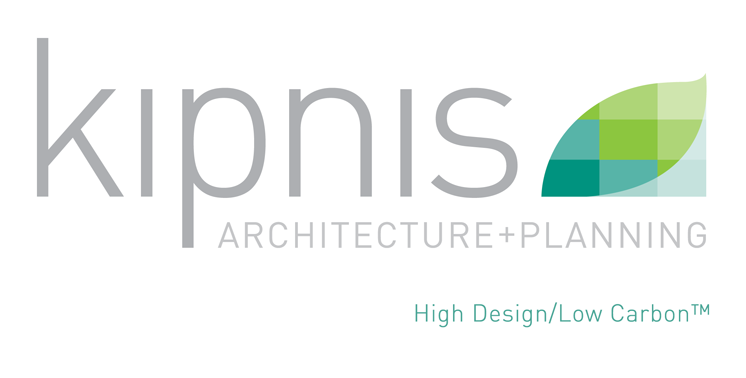By Alex Altieri, Vectorworks
As part of the organization’s 2030 Commitment, the American Institute of Architects (AIA) encourages its members to design all carbon-neutral buildings by 2030. This means that architects need to start thinking about designing sustainable structures if they haven’t already.
Nathan Kipnis, FAIA, principal of Kipnis Architecture + Planning and founding member of NextHaus Alliance, has not only been thinking about sustainable structures, but designing them since he built his first solar home at age 22.
Today, as the national co-chair of the 2030 Commitment Working Group and a recognized leader in sustainable architecture and design, Kipnis is working with homeowners and commercial building owners to create structures that are as beautiful as they are resilient and aligned with 2030 carbon-neutral goals.
Kipnis, who coined the term High Design/Low Carbon™, is passionate about his vocation and how he can impact the effects of climate change, since buildings account for 40% of global CO2 emissions. His firm and his NextHaus Alliance partners in the software, design, construction, interior decorating and landscape specialties, have lent their innovations and expertise to create homes that marry sustainability, luxury and comfort.
Recently, Kipnis’s firm designed a family home in Chicago that proves that sustainable design is not a zero-sum game.
Aerial view of Kipnis’ 5-lot residential home design in Chicago.
The all-electric home exists on five lots — a uniquely large site — on the north branch of the Chicago River. Overlooking the river, it’s shaped like an “L” to shield the backyard from traffic. The south-facing roof is home to dozens of solar panels with more on the three-car garage that’s equipped with charging stations for electric cars.
If high performance design is his goal, Vectorworks design software is his vehicle. Kipnis has been using the software for almost his entire career, which began in the early ‘80s. “We love using Vectorworks because it’s based on how architects work,” he said. “We just love how simple it is to use.”
For this particular project, he used the software to layout detailed floor plans and translate them into realistic 3D models. The software enabled seamless collaboration with the NextHaus Alliance team, allowing a free flow of plans, drawings, and models between everyone involved. He was able to get input from an energy installer, a landscape architect, an engineer, and more with the help of the software.
First story floor plan for Kipnis’ 5-lot residential home in Chicago.
Among other applications, Kipnis Architecture + Planning has made great use of the software’s ability to create solar animations to accurately visualize in real-time the path of the sun as it relates to a building. “This feature allows us to position buildings properly to take advantage of natural lighting, reducing energy usage for the build,” he explains.
Ultimately, through visionary design, careful planning and software that powers the vision, Kipnis is able to help clients tread lighter on the earth but no less enjoyably. “The thing that this house shows,” Kipnis said, “is that homes can be designed and built from the ground up in ways to save important resources, improve energy efficiency and even boost health, without having to exchange sustainability for luxury or comfort. It’s a collaborative process that results in a truly integrated sustainable design.”
Vectorworks, a Bronze Ambassador member of NextHaus Alliance. guides the exploration of discovery by providing powerful tools to help designers capture ideas, nurture innovation, communicate effectively and realize their vision.





